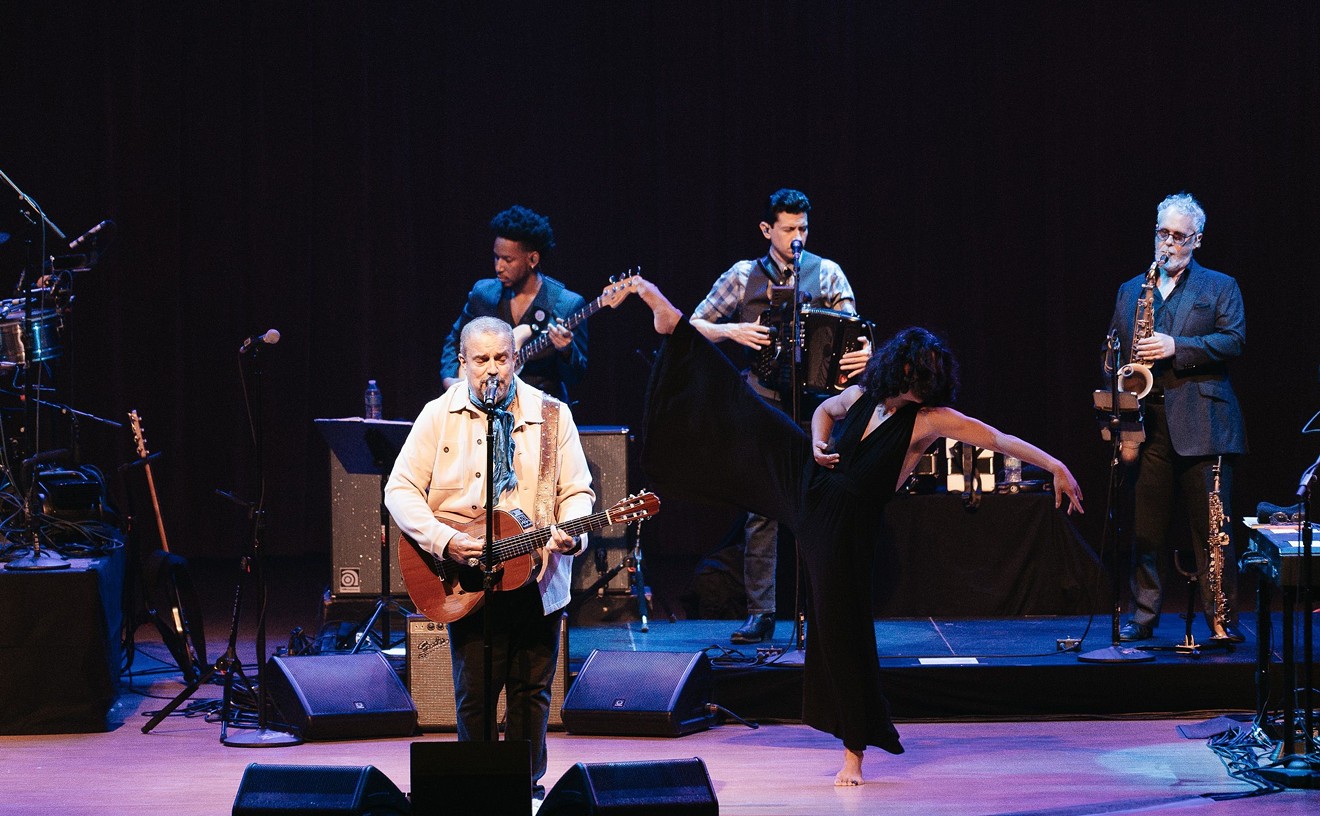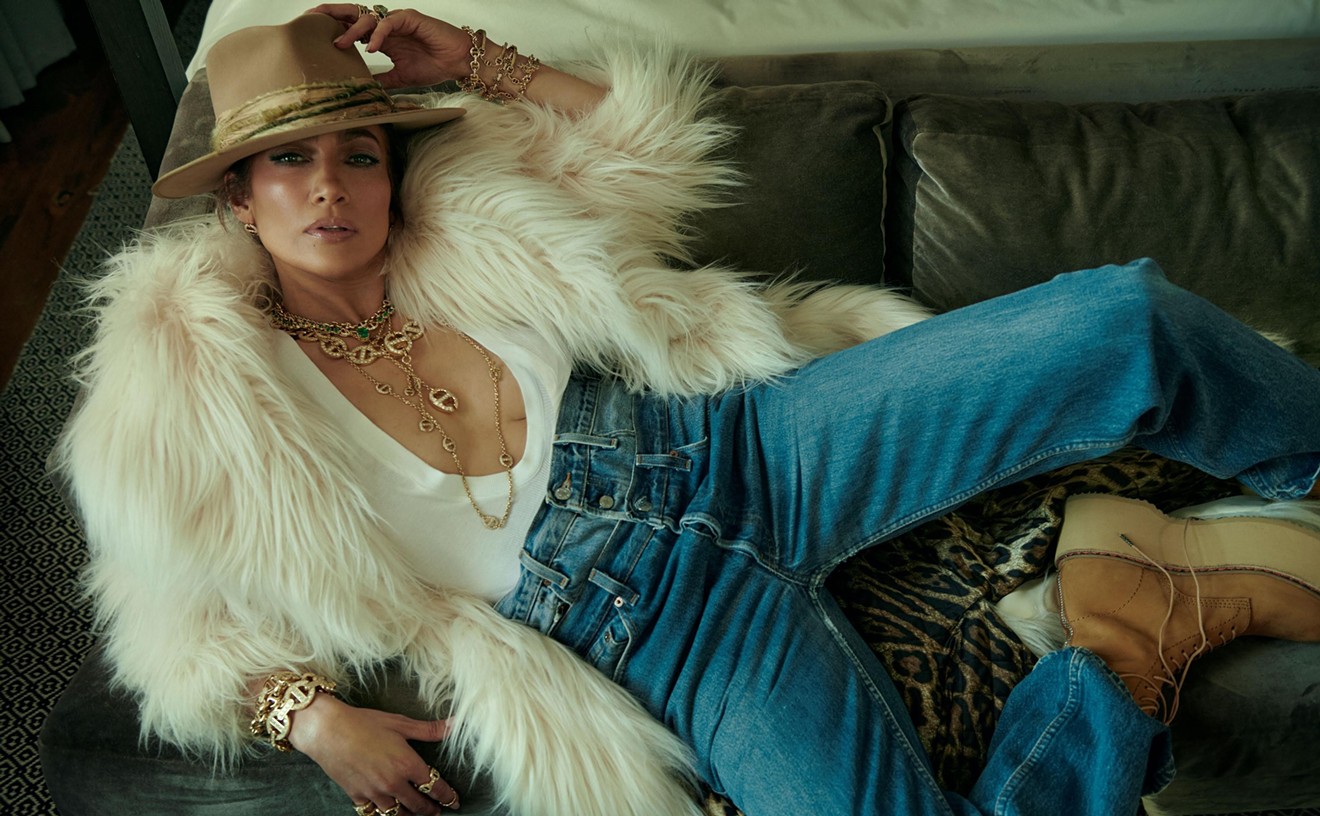Music vet and New Times scribe Lee Zimmerman shares stories of memorable rock 'n' roll encounters that took place in our local environs. This week: UM's glorious past
Jefferson Airplane appeared immediately after the release of their milestone album, Volunteers. The band's classic line-up took to the stage -- singer Grace Slick (who turned her appearance into a homecoming of sorts, being that she had briefly attended the U in her nascent college days), vocalist Marty Balin, guitarists Paul Kantner and Jorma Kaukonen, drummer Spencer Dryden and bassist Jack Cassady, who, I recall, strutted the length of the stage looking like the cosmic crusader he was. With the centerpiece of their set culled from the insurgent anthems that dominated their latest outing -- "Volunteers," "We Can Be Together" and "Eskimo Blue Day" among them -- it remains one of the most stirring sets I've ever witnessed.










